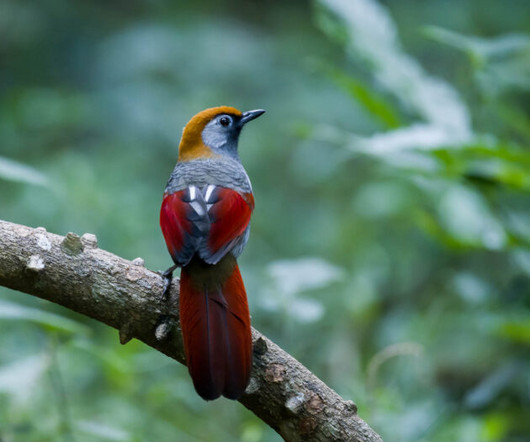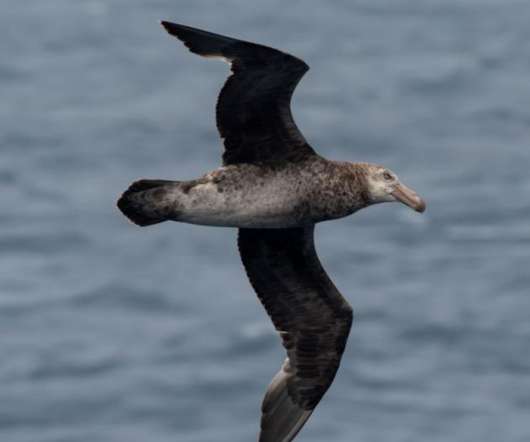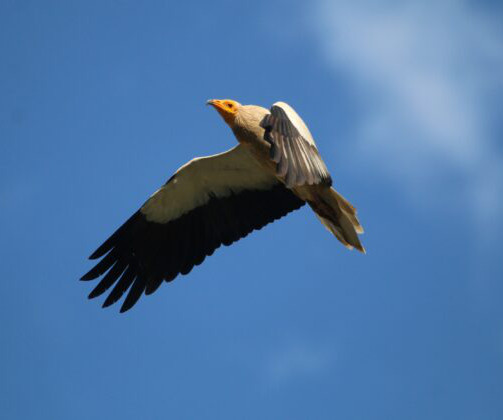Birding Hongbenghe, Yunnan (Part 1)
10,000 Birds
MARCH 11, 2024
Given that according to the HBW, the species prefers dense primary and secondary montane forests, the note that the bird also forages among kitchen waste (in the same HBW entry) seems somewhat incongruous. Fish & Wildlife Service has a web page for this species – but it contains absolutely no information. ” ( source ).











Let's personalize your content